
A controversial study shows that the fish ‘Bluestreak cleaner wrasse’ recognize themselves in mirrors — a key determiner of intelligence.
So, yet another animal passes the so-called ‘mirror test’ but somewhat surprisingly, this time it’s a fish. The mirror test is a classic experiment used to determine animal self-awareness that only a handful of species have passed.
The is widely considered the gold standard of intelligence and as far as we can tell, only a few of the most intelligent non-human animals pass this mirror self-recognition test: The great apes (gorillas, chimpanzees, bonobos, and orangutans), bottlenose dolphins, Asian elephants, and a handful of others.
In a paper published in the journal PLOS Biology, an international team of researchers led by Masanori Kohda, Ph.D., a professor specializing in fish behavior at Osaka City University, shows how the cleaner wrasse (Labroides dimidiatus) shows signs of self-recognition while looking in a mirror.
In doing so, the fish, known for its ability to live off of the parasites it cleans off of other fish, appears to pass the test for “mirror self-recognition” which is a long considered a hallmark of self-awareness in animals.
The team of researchers installed mirrors in proximity to fish tanks. At first, seven out of 10 of the fish in the study attacked their own reflection, meaning that they probably viewed their reflections as rivals.
But then over the course of a week, the attacks happened less often and eventually stopped almost entirely and the researchers noticed another behavior when ‘The wrasses’ began swimming upside-down, which has never been observed before. The fish seemed to be inspecting their reflections.
Then the researchers put a mark on the fishes’ throats that they could only see in the mirror. Now, rather than biting at the reflection, as a cleaner wrasse would when cleaning another fish (a move that would mean the fish failed the test), the fish appeared to try to scrape the mark off themselves by diving to the bottom of the tank and scraping their own throats on the aquarium pebbles. This behavior was only seen when the mirror was installed and not when the researchers removed the mirror.

The results have sparked controversy among the scientific community, but the study athoers are quite sure that what they have discovered is indeed an expression of self-awareness.
“The behaviors we observe leave little doubt that this fish behaviorally fulfills all criteria of the mirror test as originally laid out,”
“What is less clear is whether these behaviors should be considered as evidence that fish are self-aware — even though in the past these same behaviors have been interpreted as self-awareness in so many other animals.”
– Dr. Alex Jordan, senior author on the study, said in a press release.
Reference:
Masanori Kohda, View ORCID ProfileHatta Takashi, Tmohiro Takeyama, Satoshi Awata, Hirokazu Tanaka, Jun-ya Asai, Alex Jordan Cleaner wrasse pass the mark test. What are the implications for consciousness and self-awareness testing in animals? doi: https://doi.org/10.1101/397067


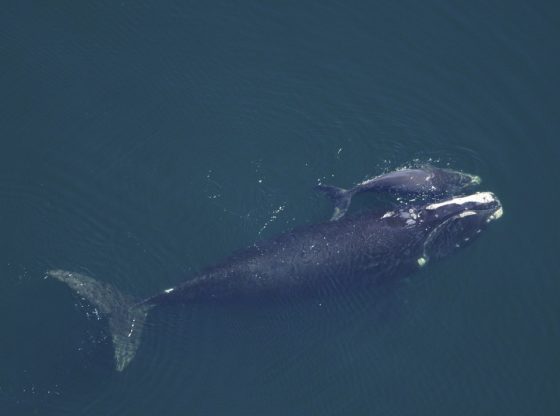
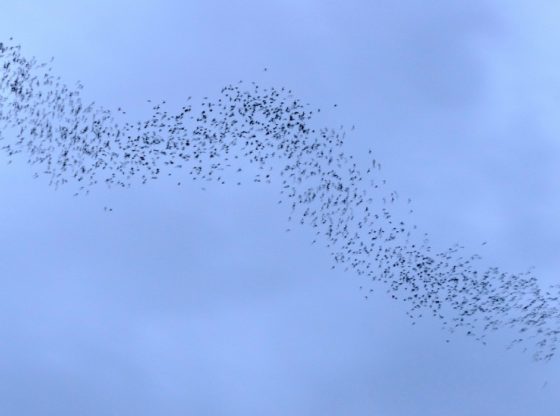

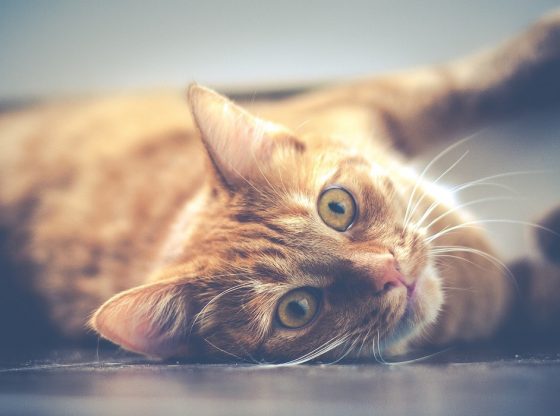
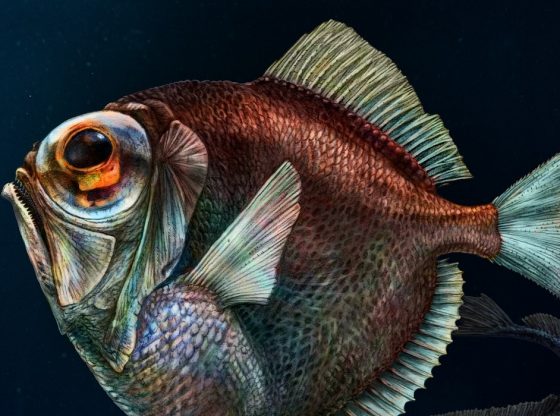

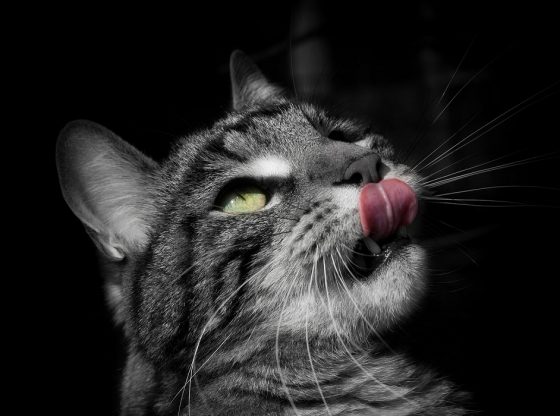
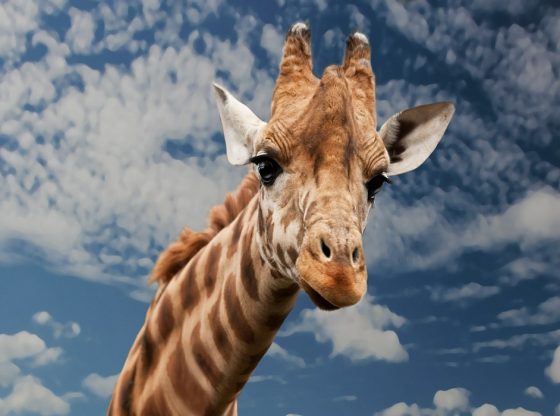
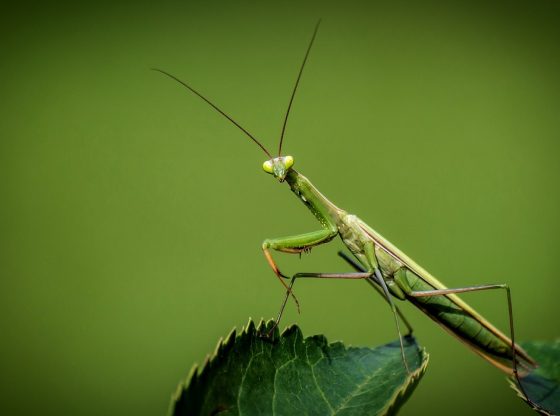
![OpenAI. (2025). ChatGPT [Large language model]. https://chatgpt.com](https://www.illustratedcuriosity.com/files/media/55136/b1b0b614-5b72-486c-901d-ff244549d67a-350x260.webp)
![OpenAI. (2025). ChatGPT [Large language model]. https://chatgpt.com](https://www.illustratedcuriosity.com/files/media/55124/79bc18fa-f616-4951-856f-cc724ad5d497-350x260.webp)
![OpenAI. (2025). ChatGPT [Large language model]. https://chatgpt.com](https://www.illustratedcuriosity.com/files/media/55099/2638a982-b4de-4913-8a1c-1479df352bf3-350x260.webp)








